| Structure | Name/CAS No. | Articles |
|---|---|---|
 |
(2H12)Perylene
CAS:1520-96-3 |
|
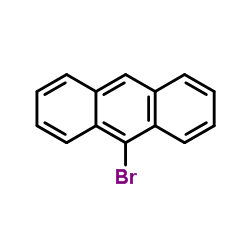 |
9-Bromoanthracene
CAS:1564-64-3 |
|
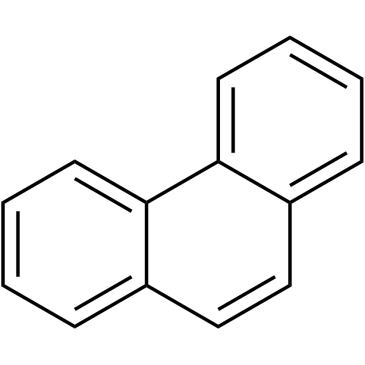 |
Phenanthrene
CAS:85-01-8 |
|
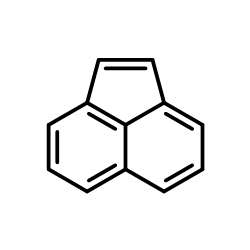 |
Acenaphthylene
CAS:208-96-8 |
|
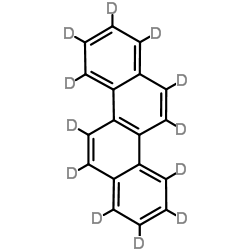 |
Chrysene-d12
CAS:1719-03-5 |
|
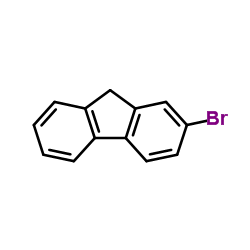 |
2-Bromofluorene
CAS:1133-80-8 |
|
 |
9,10-Dibromo anthracene
CAS:523-27-3 |
|
 |
Acenaphthene
CAS:83-32-9 |
|
 |
2-Chloroanthracene
CAS:17135-78-3 |
|
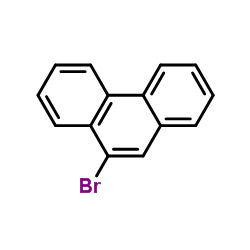 |
9-Bromophenanthrene
CAS:573-17-1 |